Bosnia and Herzegovina
Photos
13 Photos
Per Page:
Filter Categories
All
Filters
Approaching Sarajevo, the capital and largest city in Bosnia and Herzegovina.
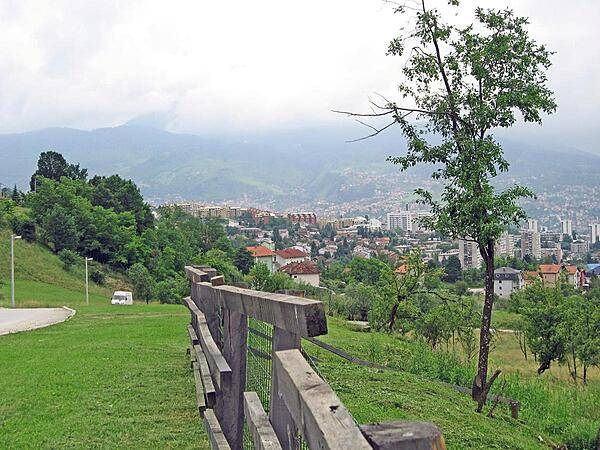
Sarajevo lies in its namesake valley surrounded by the Dinaric Alps; the Miljacka River flows through the city.

Sarajevo sprawls over much of its namesake valley's floor.
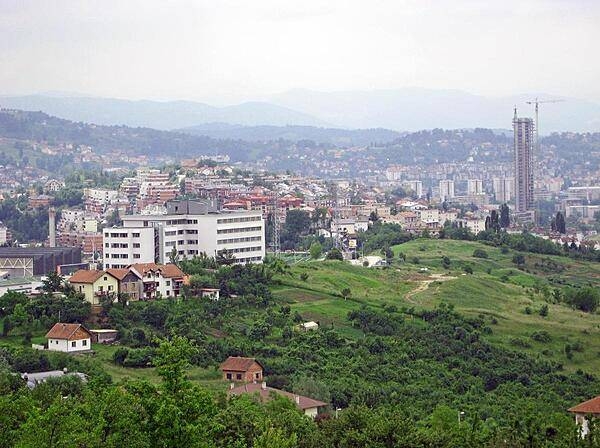
On the outskirts of Sarajevo.
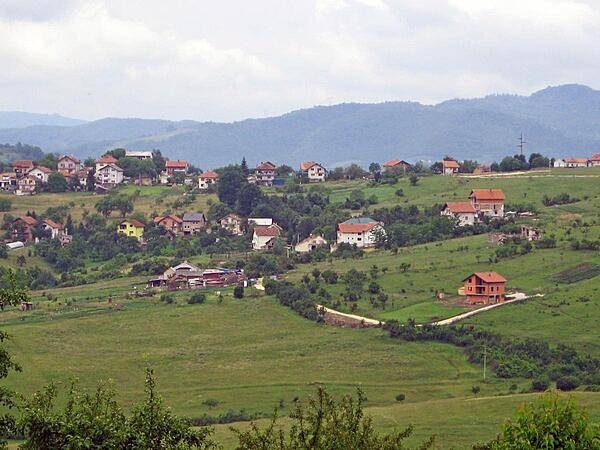
Part of Sarajevo's massive cemetery lies at the base of the hill supporting the city's communication tower.

The Cathedral of Jesus' Heart is the largest cathedral in Bosnia and Herzegovina and is the center of Catholic worship in the city of Sarajevo. Located in the Old Town district, the church was constructed between 1884 and 1889 in the Neo-Gothic style, but displays Romanesque elements. Damaged during the Siege of Sarajevo (1992-1994), it has been completely restored.
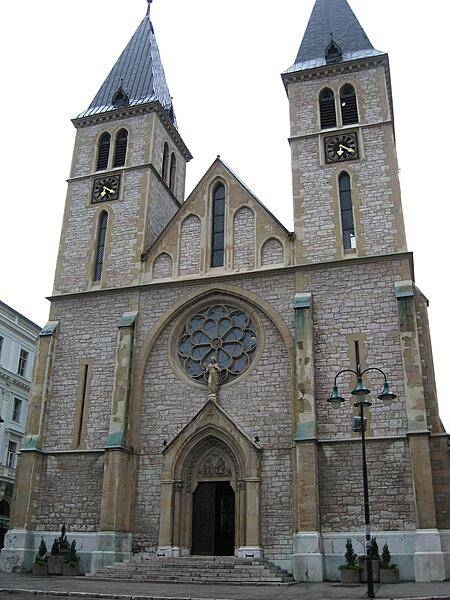
The Eternal Flame Memorial in Sarajevo honors the military and civilian victims of World War II; it was dedicated on 6 April 1946.
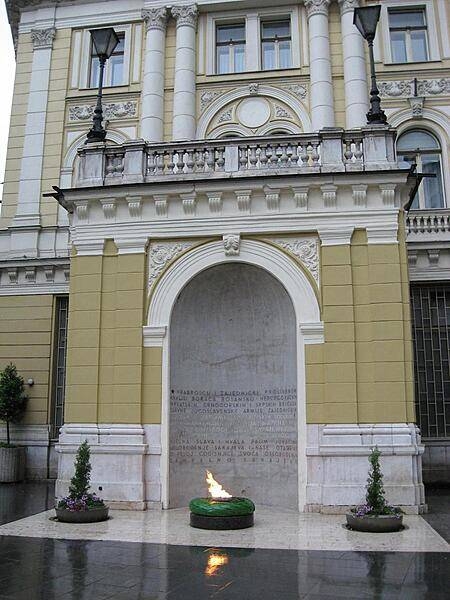
A closer view of the Eternal Flame Memorial in Sarajevo honoring the military and civilian victims of World War II.
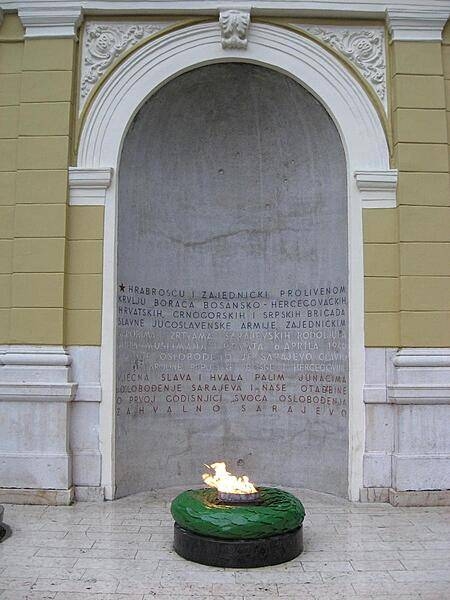
The famous Stari Most (Old Bridge) in Mostar connects the two parts of the city divided by the Neretva River. Built during the 16th century under Ottoman Sultan Suleiman the Magnificent, the bridge was destroyed in 1993 during the Bosnian War, but was subsequently rebuilt and reopened in 2004. A UNESCO World Heritage Site, the elegant bridge - a model of Balkan Islamic architecture - is the most visited tourist site in the city.

The Latin Bridge is the oldest of over a dozen bridges crossing the Miljacka River in Sarajevo. The original wooden bridge dates to around 1541 but was replaced by a stone structure in 1565. A 1791 flood damaged the bridge, and it was rebuilt around 1798. Constructed while Bosnia was under the Ottoman Empire, the bridge acquired its name from the fact that it connected with the Catholic quarter of the city (“Latinluk”) on the right bank of the river. The stone and gypsum bridge has four arches and sits on three pillars that have two relieving openings or “eyes” above them. The distinctive “eyes” also appear on the Sarajevo coat of arms. The Latin Bridge acquired a place in history as the spot where World War I began. On 28 June 1914 at the foot of the bridge, a Serb nationalist, Gavrilo Princip, shot and killed Franz Ferdinand, heir presumptive to the Austro-Hungarian throne, and his wife Sophie sparking the conflagration.

A view of Sarajevo from one of the cable cars that connects the old section of the city with Trebevic Mountain. The original cable car system was built and opened in 1959 but was completely destroyed during the Bosnian War (1992-95). In 2018, the Trebevic Cable Car was officially re-opened as a modernized, faster, and larger system. Today there are 33 cable cars painted in a variety of colors. The new system can transport up to 1,200 passengers per hour in its nine-minute, one-way ride. The new cable car still follows the same route as the previous one, crossing the border that separates the two entities that make up Bosnia and Herzegovina – the Federation of Bosnia and Herzegovina and the Republika Srpska.
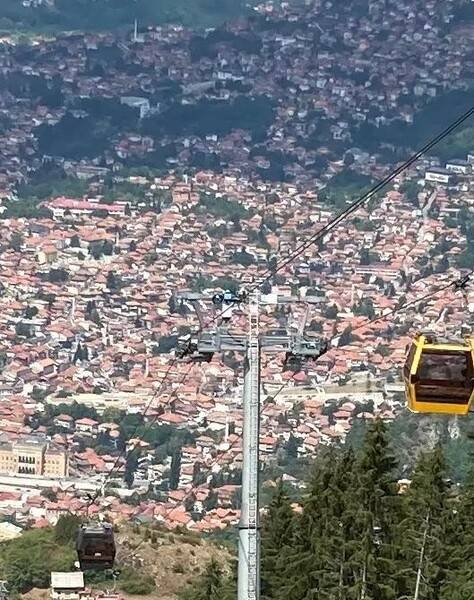
Trebevic Mountain, located outside of Sarajevo, was the site of many 1984 Winter Olympics events. During the 1,425-day Siege of Sarajevo, Trebevic was heavily mined, and its elevation provided an ideal position for snipers and artillery units attacking Sarajevo. Following lengthy restoration work, the mountain was declared a national park and reopened to the public in 2017. In 2014 the International Luge Federation, the ZOI’84 Olympic Legacy Foundation, the National Bobsleigh Federation, and volunteers began work on the restoring the damaged track and today it is used by bicyclists, skateboarders, and for summer luge training. The graffiti-covered track is also a cultural landmark and beloved by admirers of street art the world-over.
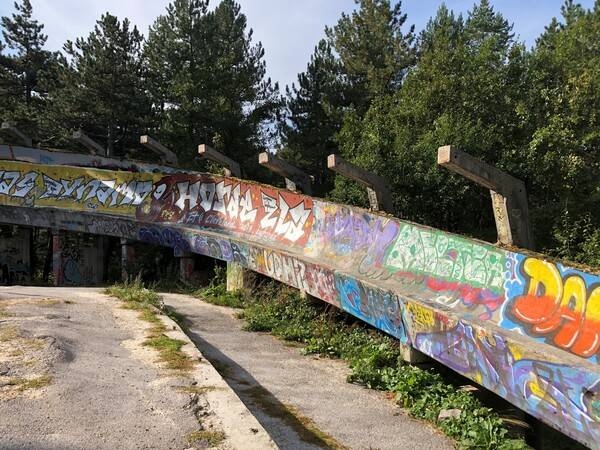
Page 01 of 02